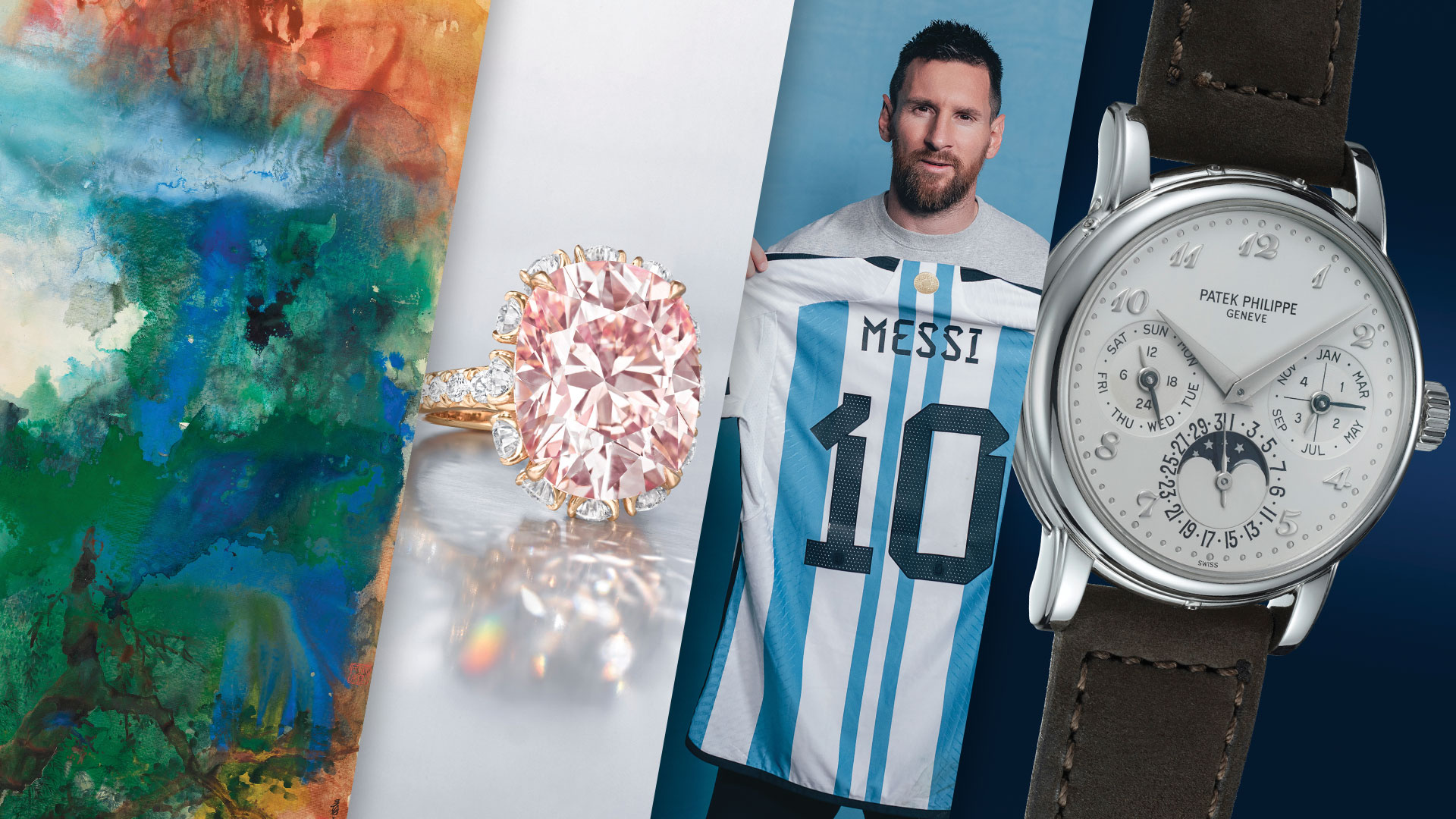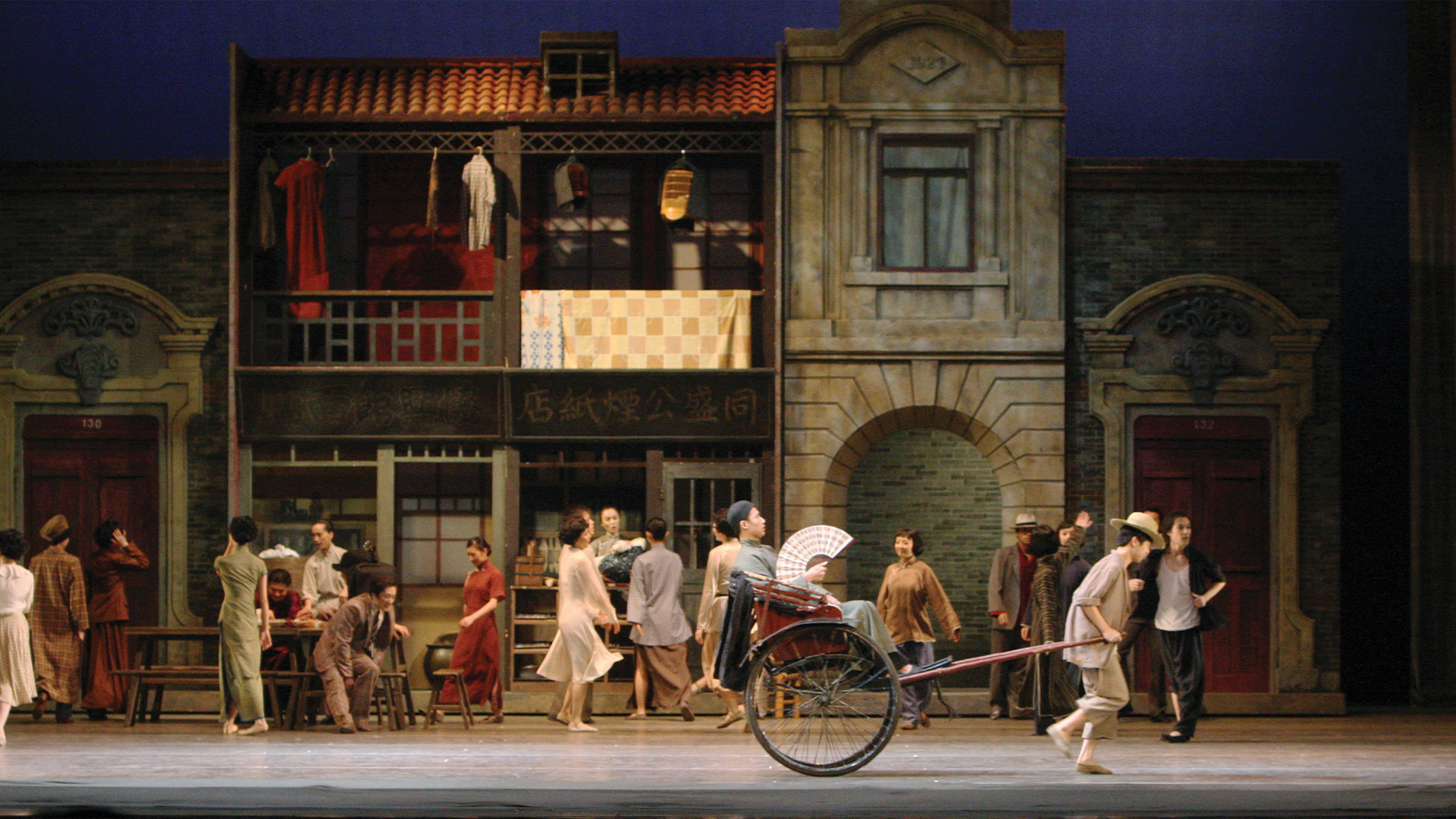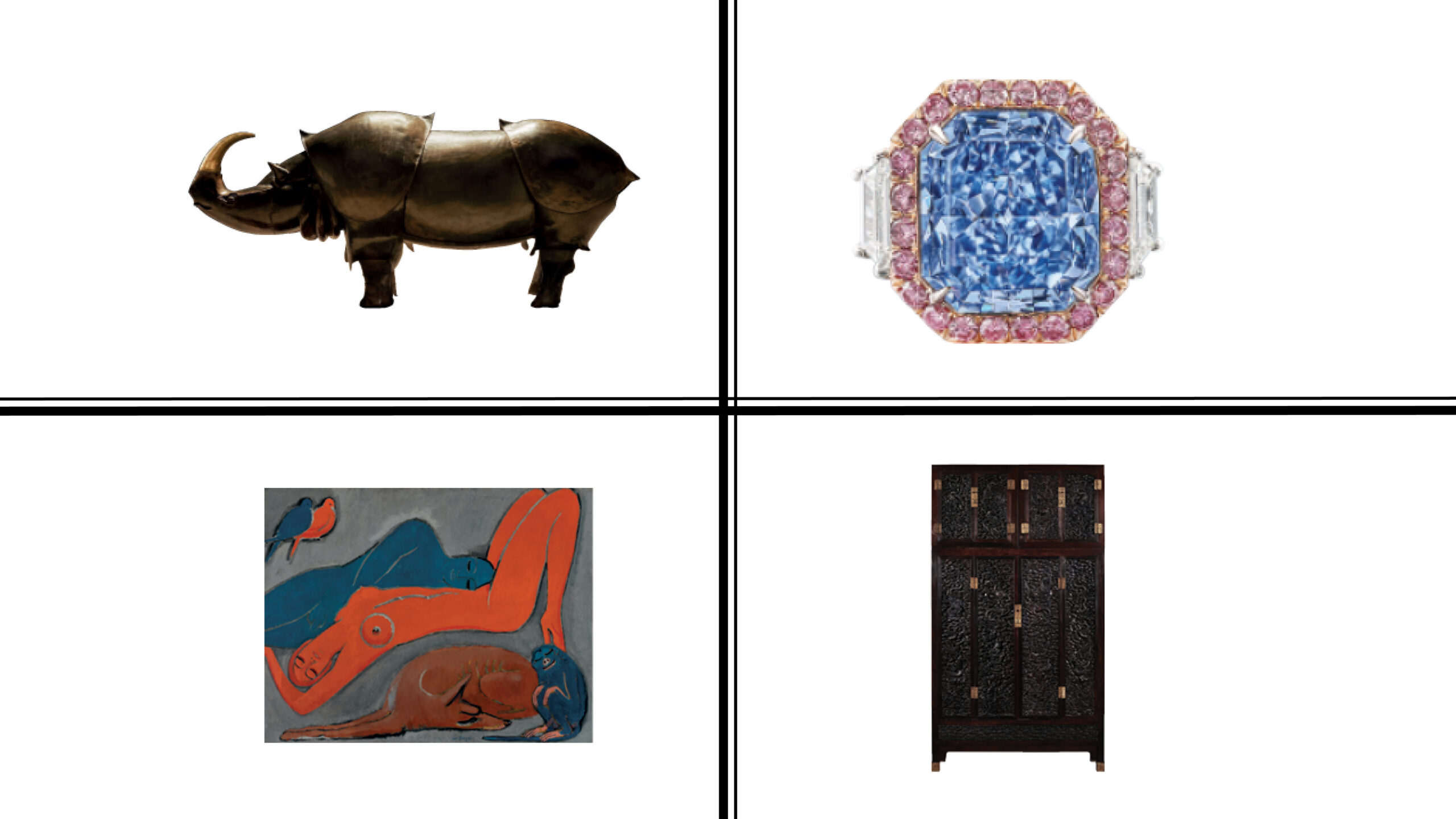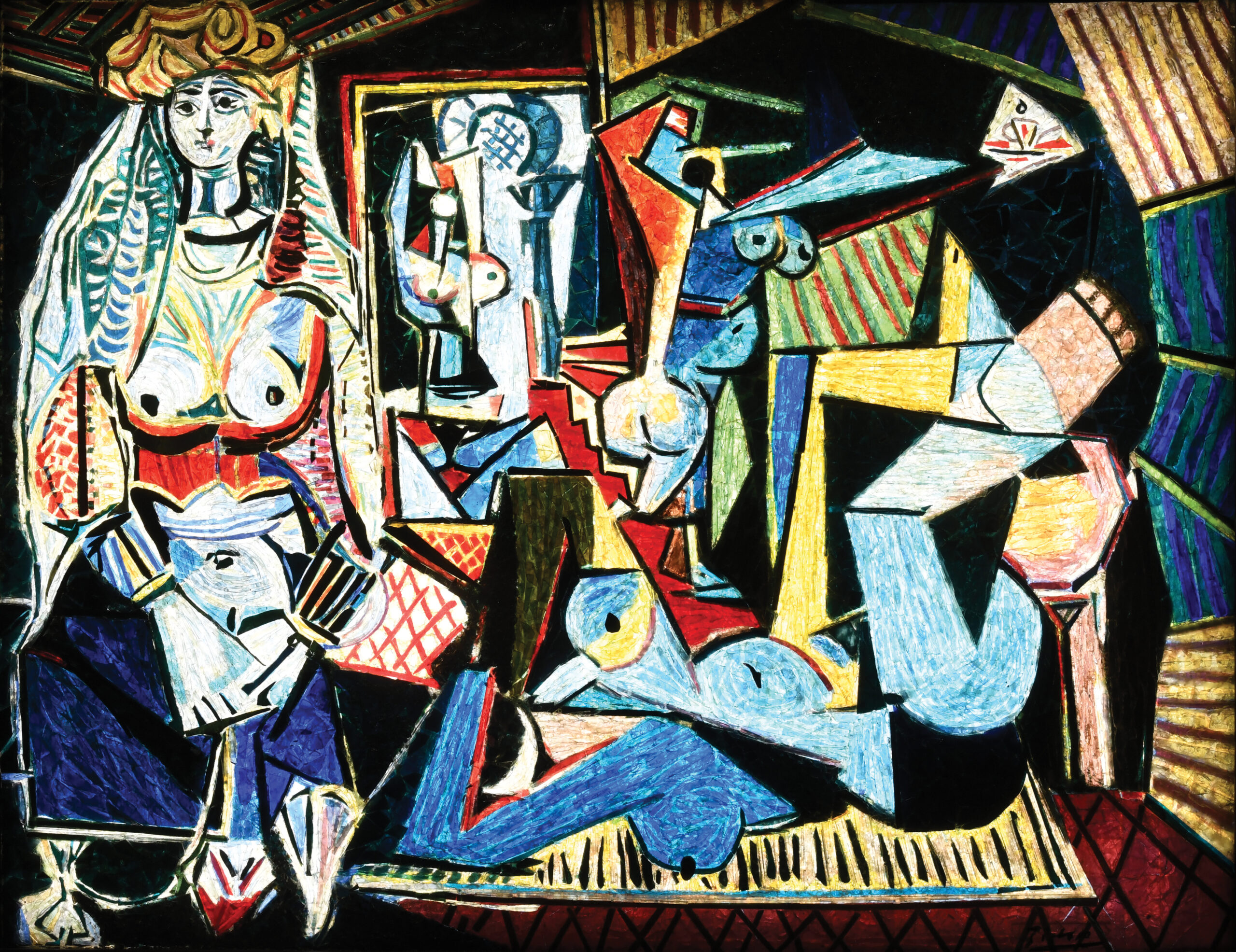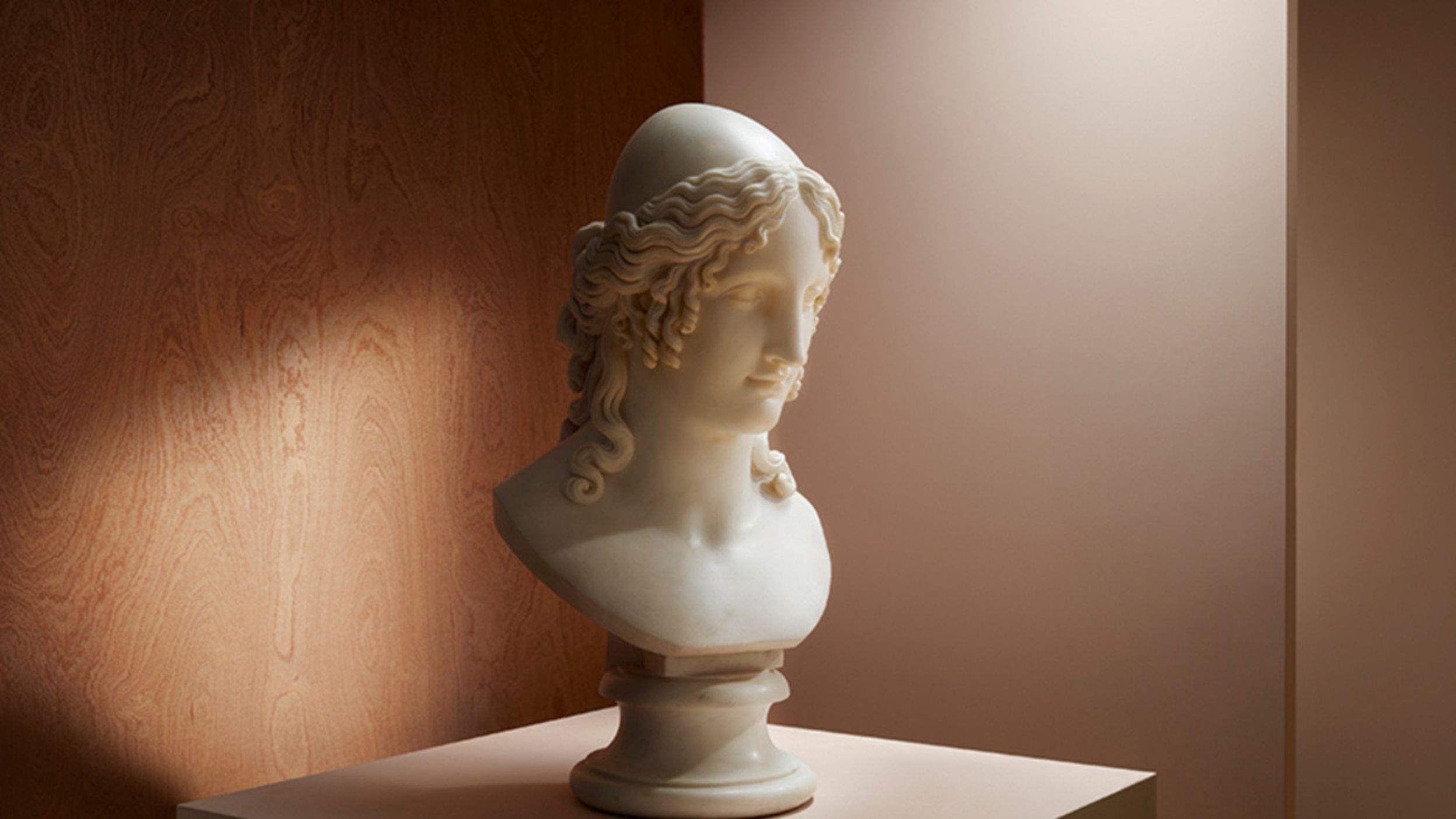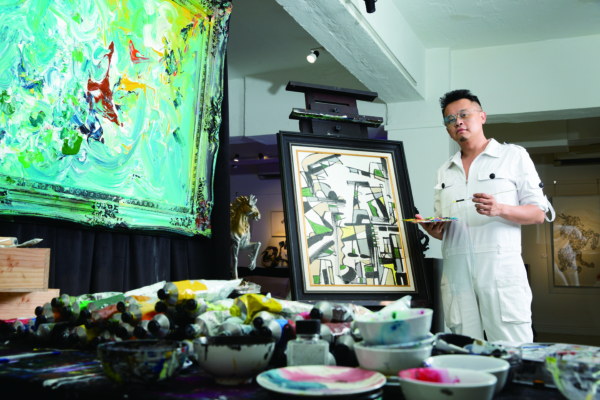
Art veteran Simon Ma’s vision of creating harmony through art
Hong Kong-born, Shanghai based, art veteran Simon Ma shares his vision of creating harmony through art with his recent travelling Drago Cavallo Exhibition
From a young age, you painted under the guidance of Chinese master Fan Tzu Teng. How did that shape you?
I was lucky to have him inspire me, and not just in painting. He also inspired me to become a good person. We believed that whatever you paint first comes from your heart, then flows through your hands – manifesting how we think and how we look at the world.
“Harmonise” is a word he always reminded me of. To harmonise with nature and with people, regardless of their background, whether they are rich or poor. This way, you allow yourself to view the world from all angles, looking at everyone and every situation from the top down, left to right and from front to back as well. He was my master in matters of the mind, too – an extremely kind and an open person, he believed that we should do charity work, with a pure heart – that is what would help one be a good painter.

For a time, you had your own company in Shanghai, Ma Design. What propelled you to make the transition from architect and urban planner to artist?
I started painting when I was seven years old, and I played music when I was 13 years old. After that, I attended boarding school in the UK and then studied architecture and urban planning at University College of London.
It’s hard being an architect. I prefer being an artist because I don’t have to just work for the client. As an artist, I can actually create anything I like, without limitations or boundaries. I started sculpting and exhibiting my work to the public in various locations around the world. To me, this is the more interesting part of art and creation, it is much more meaningful to me [than architecture. I put them there like an architecture but in miniature forms.
You recently launched a large touring artistic installation, Drago Cavallo, in conjunction with the Hong Kong Jockey Club. Could you tell us more about this?
Winfried (Engelbrecht-Bresges), the CEO of the Hong Kong Jockey Club, called me and wanted me to come back to Hong Kong to do the Drago Cavallo – Travel Around HK exhibition as part of the SAR’s 25th anniversary.
We thought the city needed new energy, something to bring everyone in harmony. The mythical dragon horse (‘drago cavallo’ in Italian) is the spirit of China – one of the eight mythical beasts that symbolises inspiration; and I think people all over the world like horses.
I actually created these lovable Drago Cavallos during Covid-19 to give people hope and new energy. So, we brought back 10,000 Drago Cavallos and are planning on displaying a 25-metre-high Drago Cavallo next year.
I’m working very hard on this, trying to harmonise Hong Kong society – in different districts and also in schools, where students can paint Drago Cavallo and understand the spirit of the two animals (dragon and horse). The cool thing about this project is that it will harmonise society through art.
The Jockey Club has also been very supportive. We are also hosting a competition, and asking everyone to join the competition and try to set up one Drago Cavallo for each district.

“I prefer being an artist because you can actually create anything you like, with no limitations, no boundaries. This is much more meaningful to me [than architecture]”
You have a strong affinity with horses. Could you share with us why that is?
The horse is the most beautiful animal. They are energetic, international and always moving forward. They never complain though they can have a temper, too; when they want to, they just go. I see myself as somewhat of a horse whisperer. I go around the world, to places like Mongolia, to see horses. And when I find them, they are like my friends. You have to build a friendship with horses before you can paint them. I paint from inside them; I’m painting their vision.
You divide your time between your Hong Kong studio in Wong Chuk Hang and Shanghai. What differences have you observed between the two major cities?
I have been in China for 23 years. Shanghai is a very fast-growing city and full of energy. Whereas Hong Kong has stopped for the past three or four years; it’s actually becoming less international. If you look at the government in Shanghai and the local community, there is such a respect for art and its artists. But looking at Hong Kong, one might question how many good artists there are in the city. Shanghai, on the other hand, has so many ‘West Kowloon’s, not just one. And there are 20 or 30 more museums as well.
But Shanghai is not an easy place to survive in as an artist. You have to be very good at what you do, you have to be really good with people, and you have to be really good with the market as well. You have to be ahead of the market rather than follow it. We change because of our environment, but the environment doesn’t change because of us.

You have collaborated successfully as an artistic designer with international brands, such as Porsche and Ferrari. How did that come about?
I think these international luxury brands are looking for a Chinese artist who can connect with people internationally and locally. I understand both cultures – especially the Italian mindset, and I can instil Chinese art into their luxurious products harmoniously; it goes beyond just mixing two things together.
You’re also pretty active on Instagram. What value does social media give you as an artist?
I am encouraging my team to be active on all social media platforms because it’s better to share and let more people appreciate your art. Why keep art to yourself? Open up and let people see it.
“I am like the horse whisperer. I go around the world, to places like Mongolia, to see horses. And when I find them, they are like my friends. I’m painting their vision”
If you could go back in time and meet anyone from the past, who would it be?
My auntie, who passed away four years ago. She gave me my name ‘Simon’. And also, my master, Fan Tzu Teng. I would pay a million dollars to have dinner with them again, because as you get older, you realise the number of people you love gets less and less. Fan Tzu Teng is like my father. He had no son, so I was like a son to him. When I approached his body at his funeral, I knelt down; I knelt all the way to his body. There were a few hundred people there and they all stood up. This is the highest respect I could give to my teacher.
When do you get your best ideas?
I always get my best ideas when I’m having a shower. I feel light, like I’m being purified by water – and all my spirituality emerges.

Do you still play music?
I love music. I still have my band in China. I used to write music before I got too busy. I’m a left-handed drummer (like Phil Collins) as well as a singer. If you ever hear me sing, you’d be surprised. Music is my life. It helps to create good art.
Thank you.
(Interview by: Robert Murry; Photographer: Jack Law; Art Direction and Styling: Jhoshwa Ledesma; Videographer: Jackie Chan; Venue: Simon Ma Gallery)




